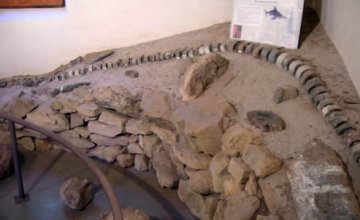Pierre Auger Observatory, located in the City of Malargüe, searches for the origin of the so-called “cosmic rays” in order to take another step towards the understanding of the universe. The tourists who visit this city have the opportunity to go on an amusing tour around the observatory to find out what this important project, which involves the participation of 17 countries take part and approximately 350 scientists, is about. This undertaking is the largest in its kind as there are cosmic ray detectors spread all over a 3,000-square-kilometer surface in the fields surrounding the city so as to carry out an analysis of these strange particles that reach our planet. These particles are monitored and later analyzed in a building located in Malargüe. The history of cosmic rays research is a romantic scientific adventure tale. During three quarters of a century, researchers of cosmic rays have climbed mountains, hovered in hot air balloons and traveled to the most remote confines of the planet in their quest to understand these particles that move fast around space.
Visit to Pierre Auger`s Observatory
The Pierre Auger project continues with this tradition, as it searches for the unknown source of cosmic rays featuring the highest energy to be recorded so far.
The reason for the location of the observatory in Malargüe is not accidental. The pure air of the mountain range, a plain 3,000-square-kilometer surface standing between the 1,200 and 1,400 m.a.s.l. and the 35º South latitude where it lies were determinant factors.
At present, a twin observatory is being built in the Northern hemisphere (more precisely at Lamar, Colorado, United States) so as to cover the entire surface of the sky and detect the rays.
Each site will have a network of 1,600 detectors, separated by a distance of 1.5 kilometers and covering a total surface of 3,000 square kilometers. The network of surface detectors will be completed with a set of high-sensibility telescopes that will examine the atmosphere on cloudless nights to observe the faint ultraviolet light produced by the rain of cosmic rays as it crosses the air. Pierre Auger Observatory is totally completed in such sense.
As a result of this development, particle astronomy studies have been carried out for the first time.
Here we present a question guide provided by the observatory to respond some of the most usual interrogations and to raise some others. When visiting Malargüe, do not miss a tour around the Pierre Auger Observatory, a real international experiment for the study of cosmos and its highest energies. Here is an invitation.
Marcelo Sola
Marcelo Sola
Contact of the excursion or tour
Observatorio Pierre Auger
Av. San Martín Norte 304, Malargüe, Mendoza, Agentina
Phone: +54 260-4471556































